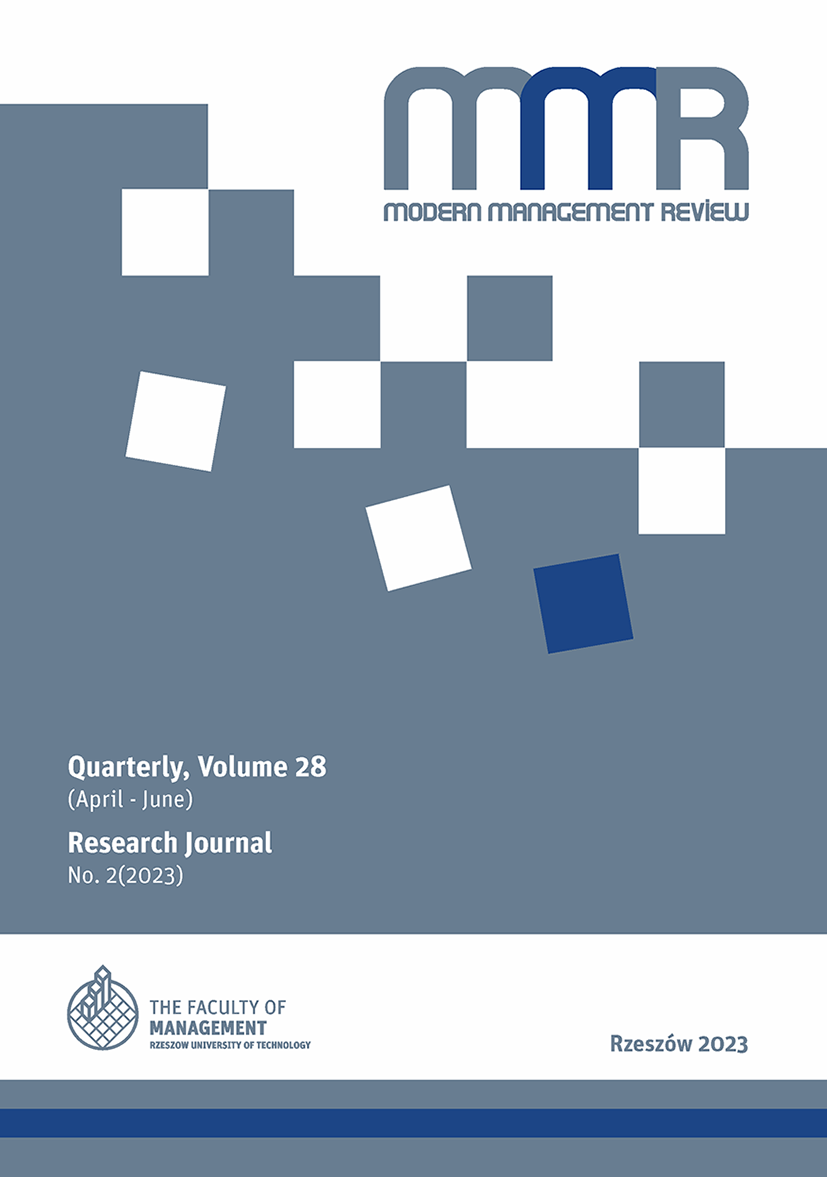Abstract
Management of land resources as a state system of measures is aimed at providing the population with food and other branches of the national economy with raw materials at the optimal level of capital investments in resources and their maximum return under the conditions of compliance with environmental goals and programs to ensure the norms and requirements of the rational use of land by agricultural enterprises with the aim of obtaining an ecologically clean plant and animal products while preserving natural resources. It is proposed to manage land resources of agricultural enterprises based on indicators of agricultural zoning, which provides information on zoned crops and types of crop rotation that are most suitable for growing on the territory of a specific agricultural enterprise, the implementation of technological measures for the use and protection of land, the level of influence of these measures on productivity and efficiency land use by an agricultural enterprise.
References
Teilor F. (1991). Principles of scientific management. Moscow: Kontrollynh.
Keins Dzh. (2012). General theory of employment, interest and money. Moscow: Helyos ARV.
Ouen R. (1950). Selected works [General theory of employment, interest and money]. Moscow: Yzd-vo AN SSSR.
Ricardo D. (1971). On the Principles of Political Economy and Taxation. 1-st edition, 1817. Harmondsworth: Penguin reprint [R. M. Hartwell, editor].
Smyt A. (2007). A study of the nature and causes of the wealth of peoples. Moscow: Eksmo.
Faiol A. (1991). General and industrial management. Moscow.
Verveiko A.P. (2001). Problems of land use formation with different forms of land ownership. Problems of effective functioning of agro-industrial complex in the conditions of new forms of ownership and management: monograph. Kyiv, pp. 119 – 122.
Horokhov H.Y. (1984). Features of modern land management and its importance for the implementation of the Food Program and agricultural development. Kharkiv.
Sohnych A., Bagach K., Sohnych S. (2016). Methodological principles of environmental and economic management. Bulletin of Lviv National Agrarian University. Series: Economics of agro-industrial complex. №23 (2), pp. 3 - 9.
Sohnych A.Y., Smolyarchuk M.V., Sohnych O.A. (2018). Institutional transformations in the system of state management of land resources. International Journal of Innovative Technologies in Economy. №5(17), pp. 7 - 13.
Horlachuk V.V., Klymenko O.V. (2019) Land resources management of united territorial communities in the context of decentralization. Agrosvit. №20, pp. 55 - 63.
Tretyak A.M. (2020) Scientific principles of land use structuring methodology. Trends in the development of modern scientific thought. pp. 157 - 163.
Martyn A. (2018) Capitalization rate for lands in large cities of Ukraine: approaches to the definition of spatial heterogeneity. Economic and Social Development: Book of Proceedings, pp. 104-110.
Dobriak D.S., Kuzin N.V. (2016) Ecological and economic mechanism of rehabilitation of degraded and unproductive agricultural lands. Economics of agro-industrial complex. №9, pp. 10 - 18.
Kanash O. (2007). The scheme-map of natural-agricultural zoning of the territory of Ukraine is presented! It is detailed by land managers of grassroots structures. Messenger of Land Organization. №1, pp. 30-31.
Dobriak D.S., Kanash O.P., Osypchuk S.O. (2004). Methodical recommendations for the implementation of natural-agricultural zoning (zoning) of lands of Ukraine. Messenger of Land Organization, № 4, pp. 46 56.
Dorosh O.S., Isachenko N.V., Martyn A.H., Osypchuk S.O., Loik H.K. (2011). Theoretical principles of land zoning in Ukraine: monograph. Kyiv: MVTs «Medinform».
Nosko B.S., Derevianko R.H., Chepkov B.M. (1985). Scientific and methodological bases of natural-agricultural zoning of the Ukrainian USSR. Agrochemistry and soil science, . № 48, pp. 3 – 8.

This work is licensed under a Creative Commons Attribution-NonCommercial-NoDerivatives 4.0 International License.
Copyright (c) 2023 Modern Management Review


